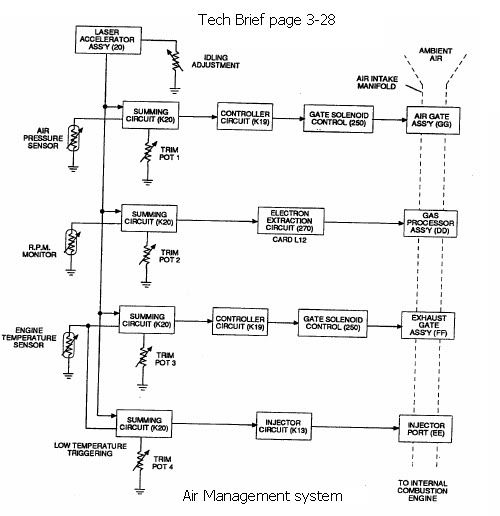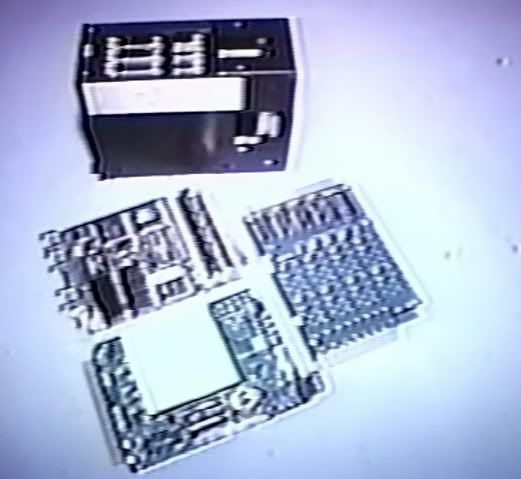Originally posted by theremart
View Post
So for your interface do you burn your chips on the board or use an socket?
Some of the family types have "single wire" debugging, just GND, VCC and the Rese/Debug pin.
Alternatively they can be boot loaded through a communication connection, whatever available.
I used a pic board because it had power supply and com port built in.
Would the atmel be able to 1. sense voltage?
Also what inter up would fire up the micro controller ?
Would the atmel be able to 1. sense voltage?
Also what inter up would fire up the micro controller ?
From power down it has to be INT0.
To get down to 100nA consumption almost every circuit in the uC is turned off.
Eric




Comment